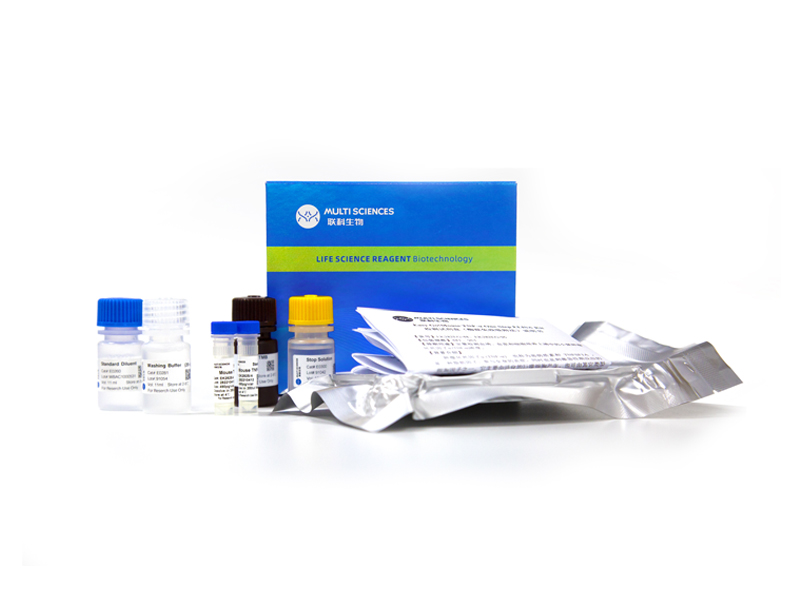The pathogenesis of SSc pulmonary fibrosis is complex and prognosis is poor. In order to find biomarkers to provide assistance in the diagnosis and treatment of systemic sclerosis (SSc), this study explored the role of SSc-related differentially expressed circRNAs in the fibrosis process. This study explored whether circular RNA (circRNA) mediated the mTOR signaling pathway by interacting with the eukaryotic translation initiation factor eIF4E-binding protein 1 (4E-BP1), participated in a competing endogenous RNA (ceRNA) network, and regulated the mechanism of pulmonary fibrosis in systemic sclerosis (SSc). The results showed that the expression of mmu_circ_0005373 was reduced, and mmu_circ_0005373 may regulate the mTOR signaling pathway by inhibiting the interacting with 4E-BP1 protein in the lung of SSc mice, and promote fibrosis in SSc. Hsa_circ_0136255, which is homologous to mmu_circ_0005373, is also reduced in SSc peripheral blood mononuclear cells, and predicted to interact with 4E-BP1 protein. Hsa_circ_0136255/hsa-miR-330-3p/TNFAIP3 ceRNA network had biological significance in SSc, and correlated with clinical data, including high-resolution CT, average expiratory flow at 25% vital capacity, neutrophil count, lymphocyte percentage, standard deviation of red blood cell distribution width, coefficient of variation of red blood cell distribution width, platelet distribution width, glutamic transaminase, γ-glutamyl transpeptidase, lymphocyte percentage, basophils percentage, red blood cell, plateletcrit, cholinesterase, and mean corpuscular hemoglobin concentration. Hsa_circ_0136255, hsa-miR-330-3p, and TNFAIP3 may be used as biomarkers for clinical diagnosis and treatment of SSc.
文章引用产品列表
-
- EK210EGA 23 Citations
- 一步法ELISA试剂盒
EasyGo!™ Mouse IL-10 One-Step ELISA Kit 检测试剂盒(酶联免疫吸附法)
- ¥2,190.00 – ¥3,650.00
-


- CS1002 95 Citations
- 刺激阻断剂
BFA/Monensin Mixture(250X) 布雷非德菌素A/莫能霉素混合物
- ¥460.00 – ¥2,060.00
-
- EK210 486 Citations
- ELISA试剂盒
Mouse IL-10 ELISA Kit检测试剂盒(酶联免疫吸附法)
- ¥1,600.00 – ¥10,800.00





